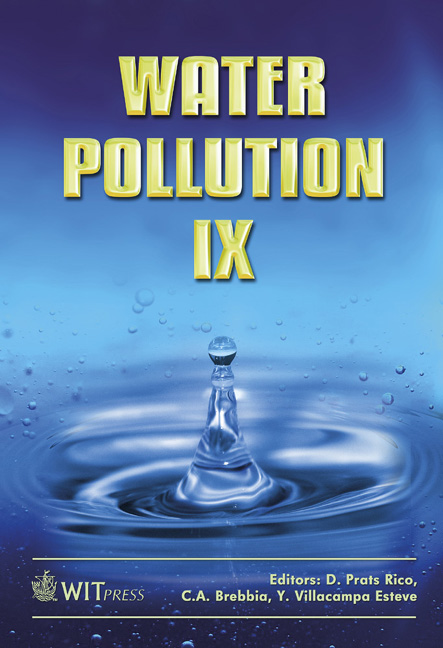Farmstead Drinking Water Sources, Concerns And Safety Practices Of Livestock Farm Families In Southern Alberta, Canada
Price
Free (open access)
Transaction
Volume
111
Pages
10
Page Range
627 - 636
Published
2008
Size
292 kb
Paper DOI
10.2495/WP080611
Copyright
WIT Press
Author(s)
M. Acharya, R. G. Kalischuk, K. K. Klein & H. Bjornlund
Abstract
The province of Alberta, like other provinces in Canada, has made considerable progress in increasing supply of good quality water for domestic use and consumption. However, the quality of rural drinking water in southern Alberta has received considerable attention in recent years because of intensive agricultural activities, livestock density, floods and the highest incidence of E coli O157:H7 infection in the country. In fact relevant literature indicates that the region’s water sources have high concentration levels of nitrate and/or coliform bacteria that exceed drinking water guidelines thus threatening the health of local farmers and residents. Little information is available on the farmstead drinking water safety practices of livestock farm families in southern Alberta so an inperson survey of feedlot farm families was carried out in Lethbridge Northern Irrigation District (LNID), one of the 13 irrigation districts located in southern Alberta. All respondents strongly agreed that access to safe and clean drinking water is essential for human and animal health and performance and they indicated that they use multiple water sources to avoid health problems. Other drinking water safety practices included the use of bottled water and/or home water treatment technologies for human consumption and the use of LNID monitored irrigation water for feedlot operations and gardens. Regarding the type of home water treatment technology used, a majority (over 70%) used filtered water for cooking, drinking and washing. Only 9% used the city water supply for domestic purposes and 6% depended on the LNID water supply. It was interesting to note that 66% were concerned about their local water source and 67% were concerned about waterborne illnesses and 45% of respondents reported that they tested their water quality annually. Keywords: rural drinking water, water quality, water safety practices, water testing, home water treatment systems, feedlot farm families, southern Alberta, Canada.
Keywords
rural drinking water, water quality, water safety practices, water testing, home water treatment systems, feedlot farm families, southern Alberta, Canada.





